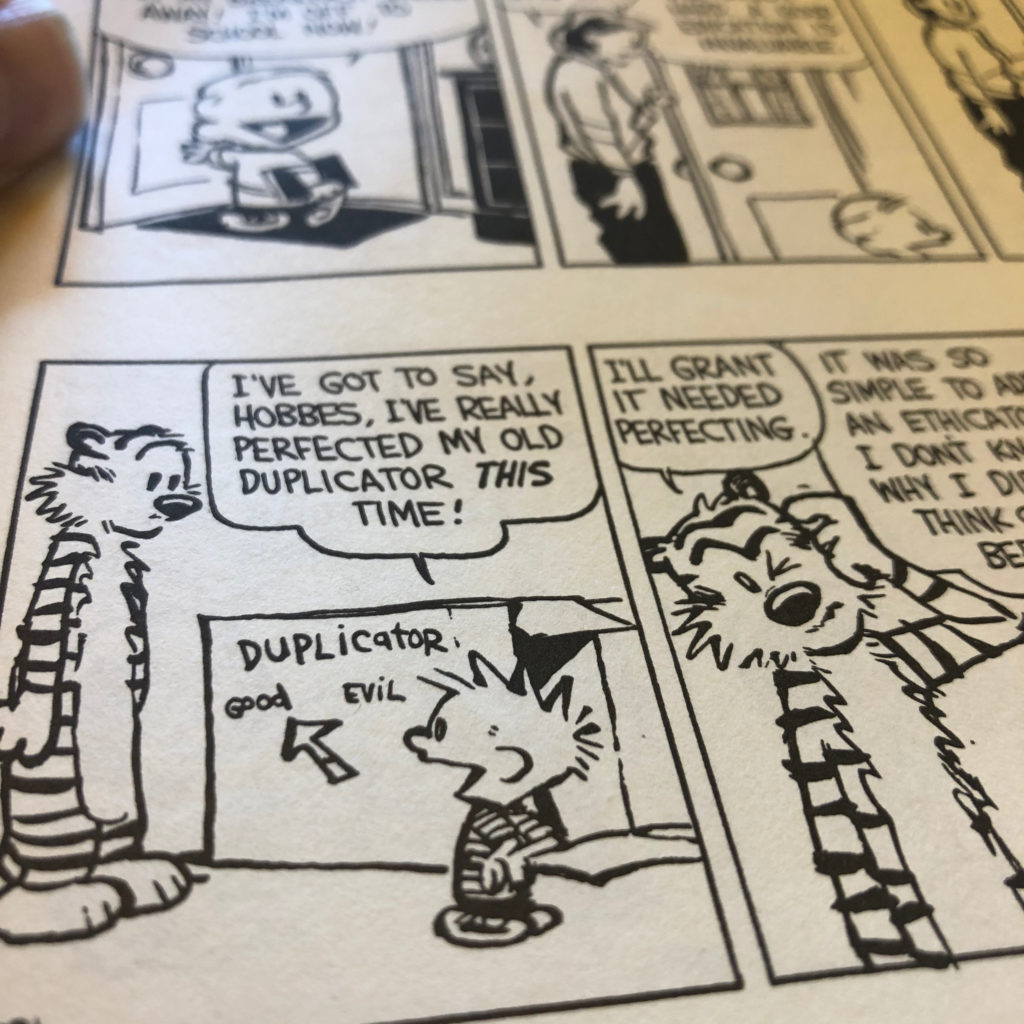
One of the first times I presented on ecosystem mapping, an attendee shared an image of their own map they’d been inspired to create. It was interesting, colorful, and information-rich. But also? It wasn’t what I’d call an ecosystem map. At first I worried about the quality and clarity of my presentation. But others shared back diagrams that hewed more closely to my method. So then I laughed, and decided to be delighted.
The more methodized a discipline becomes, the easier it gets to tell someone they’re “doing it wrong.”1 But who would have been wrong in this scenario, really? Order your cat a new cat tree from Amazon and they’re just as likely to play with the box. I don’t think this means we shouldn’t have cat trees or boxes. And good luck telling a cat what to do.
The attendee borrowed tips on diagramming and thinking visually and did their own thing with them. That’s great! I’m not a genius, my methods aren’t gospel, and for all I know, what they made was more useful than anything they’d have gotten out of my more rigid approach. I’m happy building trees, but sometimes the box is more fun.
